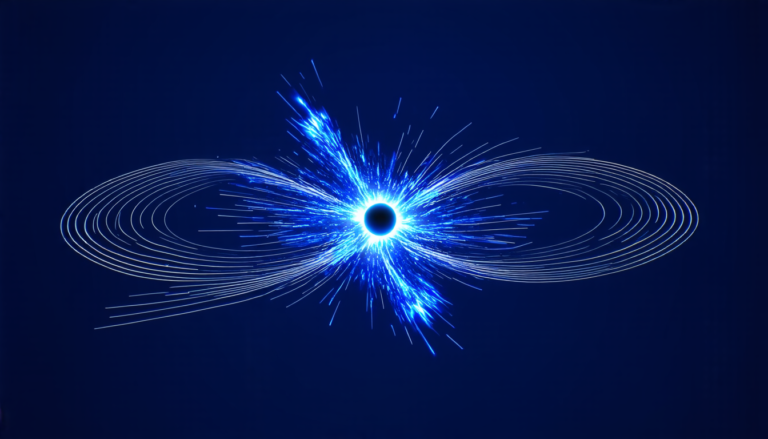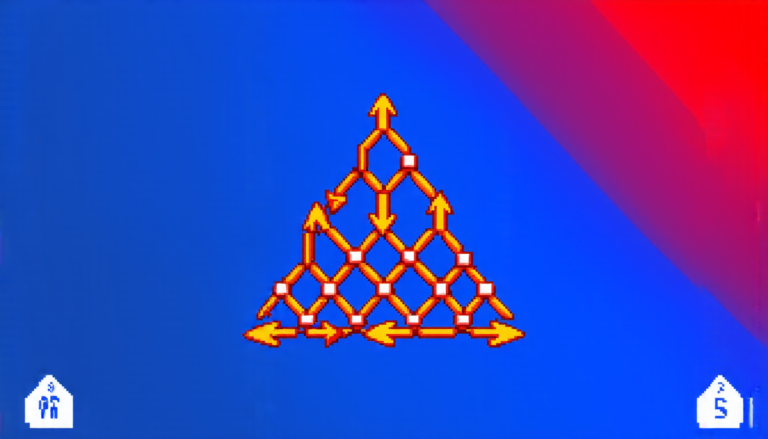Wednesday 16 April 2025
The quest for faster, more efficient artificial intelligence (AI) processing has led researchers to explore innovative solutions. One such approach is the photonic joint transform correlator (pJTC), a device that uses light to accelerate convolutional neural networks (CNNs). In a recent study, scientists have demonstrated a pJTC chiplet prototype that achieves impressive results in terms of computational efficiency and footprint density.
The traditional way of processing CNNs involves complex arithmetic operations, which can be time-consuming. To overcome this challenge, the researchers turned to optics. By using light to perform Fourier transforms, they were able to reduce the computational complexity of convolutional operations from O(N^4) to O(N^2). This means that the pJTC chiplet can process large datasets much faster than its electronic counterparts.
The pJTC chiplet is designed to be compact and energy-efficient. It consists of a silicon photonic (SiPh) chiplet, custom PCB, and an 8-channel fiber array. The SiPh chiplet contains the optical processing core, while the PCB provides the necessary electrical connections. The fiber array enables high-speed data transfer between the chiplet and external devices.
One of the key challenges in developing the pJTC chiplet was ensuring that the light signals remained stable and consistent throughout the processing pipeline. To address this issue, the researchers implemented a phase correction mechanism that accurately compensates for any deviations in the optical paths. This ensures that the output of the pJTC chiplet is accurate and reliable.
The performance of the pJTC chiplet was evaluated using a MNIST dataset, which consists of handwritten digit images. The results showed that the chiplet achieved an accuracy rate of 98% when processing the dataset with no temporal delay. When introducing random delays in the input electrical signal, the accuracy rate dropped to around 95%, but still remained impressive.
The researchers also explored the potential of wavelength-division multiplexing (WDM) to further improve the performance and efficiency of the pJTC chiplet. By using multiple wavelengths, they were able to increase the computational throughput without increasing the chip area. This approach also enabled them to achieve higher computational efficiencies and footprint densities.
The implications of this research are significant. The pJTC chiplet has the potential to revolutionize AI processing by providing a faster, more efficient, and more energy-efficient solution.
Cite this article: “Revolutionizing Machine Learning: Photonic Fourier Transformation Accelerates Convolutional Neural Networks”, The Science Archive, 2025.
Artificial Intelligence, Photonic Joint Transform Correlator, Convolutional Neural Networks, Optical Processing, Silicon Photonics, Phase Correction Mechanism, Mnist Dataset, Wavelength-Division Multiplexing, Computational Efficiency, Energy-Eff







